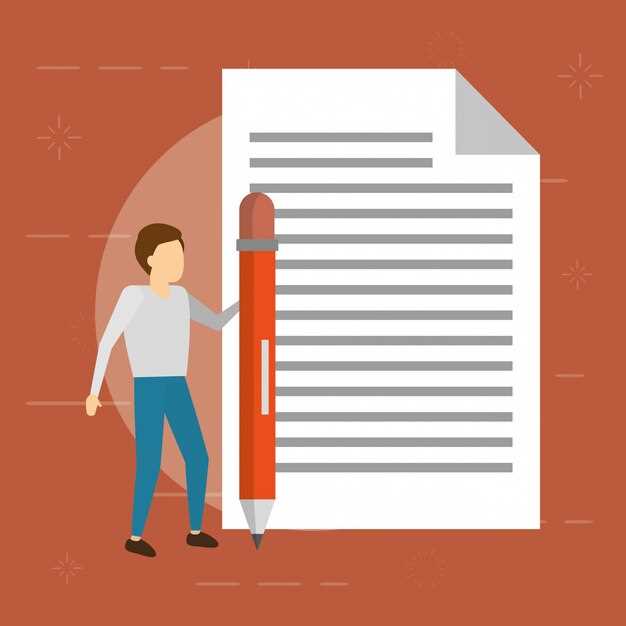
Begin with a clear thesis statement that outlines your main argument. This single sentence sets the tone for your entire essay and keeps your writing focused. Use it to guide your reader through your ideas without confusion.
Organize your body paragraphs around three key points that support your thesis. Each paragraph should start with a topic sentence, followed by evidence or examples, and end with a sentence that ties it back to your main argument. This structure ensures your essay flows logically.
Use transitions between paragraphs to connect your ideas smoothly. Words like however, additionally, or for example help your reader follow your thought process without feeling lost.
Conclude by summarizing your main points and restating your thesis in a fresh way. Avoid introducing new information here; instead, leave your reader with a strong final impression of your argument.
Practice writing regularly to improve your skills. Start with simple topics and gradually tackle more complex ones. With consistent effort, you’ll find writing a 5-paragraph essay becomes second nature.
How to Choose a Strong Thesis Statement
Focus on a specific idea that directly answers the main question of your essay. Avoid broad statements; instead, narrow your focus to a clear, debatable point. For example, instead of “Technology impacts society,” try “Social media algorithms influence political opinions by prioritizing polarizing content.” This approach makes your argument precise and engaging.
Use language that shows confidence and clarity. Replace vague phrases like “might be” or “could be” with assertive wording. A strong thesis doesn’t just state a fact–it takes a position. For instance, “Renewable energy is vital for the future” is weaker than “Transitioning to renewable energy by 2030 will reduce carbon emissions by 50%.”
Test your thesis by asking if it sparks discussion or disagreement. If it’s too obvious or universally accepted, revise it. A good thesis invites analysis, such as “While online learning offers flexibility, it often fails to provide the structured support traditional classrooms offer.” This creates room for exploration and evidence.
Keep your thesis concise and to the point. Aim for one or two sentences that clearly express your main argument. Long, complex statements can confuse readers. A clear thesis, like “Public transportation reduces urban traffic and lowers pollution levels,” is easier to follow and builds a solid foundation for your essay.
Structuring Your Essay: The Role of Each Paragraph
Begin your essay with a clear thesis statement in the introduction. This sets the direction for your entire piece and grabs the reader’s attention. Use the first paragraph to outline your main idea and provide a brief overview of your supporting points.
In the body paragraphs, expand on each supporting point with evidence and examples. Follow this structure for clarity:
- First Body Paragraph: Focus on your strongest argument or point. Introduce it with a topic sentence, provide evidence, and explain its relevance to the thesis.
- Second Body Paragraph: Present your next point. Use specific details or data to strengthen your argument and connect it back to the main idea.
- Third Body Paragraph: Address your final point. Ensure it adds value to your thesis and wraps up your arguments neatly.
Conclude your essay by summarizing your main points and restating the thesis in a fresh way. Avoid introducing new ideas; instead, leave the reader with a strong final impression or call to action.
Keep your paragraphs balanced and focused. Aim for clarity and coherence, ensuring each sentence contributes to the overall argument.
Writing Clear and Concise Topic Sentences
Focus on one main idea in each topic sentence to keep your writing sharp. Avoid vague phrases and choose specific words that directly relate to your paragraph’s purpose. For example, instead of “Dogs are great,” write “Dogs improve mental health by reducing stress.”
Use active voice to make your sentences more direct and engaging. Replace “The book was read by the student” with “The student read the book.” This approach eliminates unnecessary words and strengthens your message.
Keep your topic sentences short–aim for 15-20 words. Long sentences can confuse readers and dilute your point. For instance, “The benefits of exercise include improved heart health, better mood, and increased energy” is clearer than a lengthy, winding sentence.
Connect your topic sentence to the thesis statement. If your essay argues that technology improves education, a strong topic sentence could be “Online learning platforms make education accessible to remote areas.” This ties the paragraph directly to your main argument.
Practice revising your topic sentences to ensure they’re precise. Read them aloud to check for clarity and flow. If a sentence feels awkward or unclear, rephrase it until it’s straightforward and easy to understand.
Using Evidence to Support Your Arguments

Always back your claims with specific examples or data. For instance, instead of stating “pollution harms the environment,” cite a study showing a 30% decline in marine life over the past decade due to plastic waste. This makes your argument stronger and more credible.
Choose evidence that directly relates to your point. If you argue that exercise improves mental health, include statistics linking regular physical activity to reduced anxiety levels. Avoid vague sources; use peer-reviewed journals, reputable news outlets, or official reports.
Analyze the evidence to show its relevance. Explain how a 2019 Harvard study on sleep patterns supports your argument about productivity. This connects the data to your thesis, helping readers see the connection.
| Argument | Evidence Type | Example |
|---|---|---|
| Education reduces poverty | Statistic | World Bank report showing a 10% GDP increase with improved literacy rates |
| Renewable energy is cost-effective | Case study | Germany’s solar initiative cutting energy costs by 40% |
| Social media impacts mental health | Survey data | 70% of teens report increased anxiety due to excessive screen time |
Balance different types of evidence–statistics, expert quotes, and real-life examples–to keep your essay engaging. For example, combine a statistic about global warming with a quote from a climate scientist and a recent news story about wildfires. This variety strengthens your argument and keeps readers interested.
Always cite your sources properly. Use APA, MLA, or another format consistently. This avoids plagiarism and adds credibility to your work. For example, include the author, publication date, and page number for every reference.
Polishing Your Essay: Editing and Proofreading Tips
Read your essay aloud to catch awkward phrasing or unclear sentences. Hearing the words helps identify areas where the flow feels off or where ideas need better connection.
Focus on one aspect at a time–start with structure, then move to grammar, and finally check for spelling and punctuation. This approach prevents overwhelm and ensures thoroughness.
Use tools like Grammarly or Hemingway Editor to spot common errors, but don’t rely on them entirely. Always review suggestions manually to maintain your unique voice.
Take breaks between writing and editing. Returning to your essay with fresh eyes makes it easier to spot mistakes or areas for improvement.
Ask a friend or classmate to review your work. A second perspective can highlight issues you might have missed and provide valuable feedback.
Trim unnecessary words or repetitive phrases. Concise writing strengthens your argument and keeps the reader engaged.
Double-check citations and formatting to ensure they meet the required guidelines. Small errors here can distract from your overall work.
End by reading your essay backward, sentence by sentence. This technique helps focus on individual sentences, making it easier to spot errors.